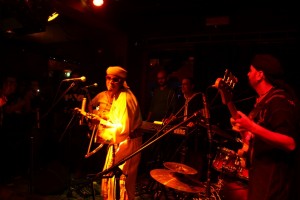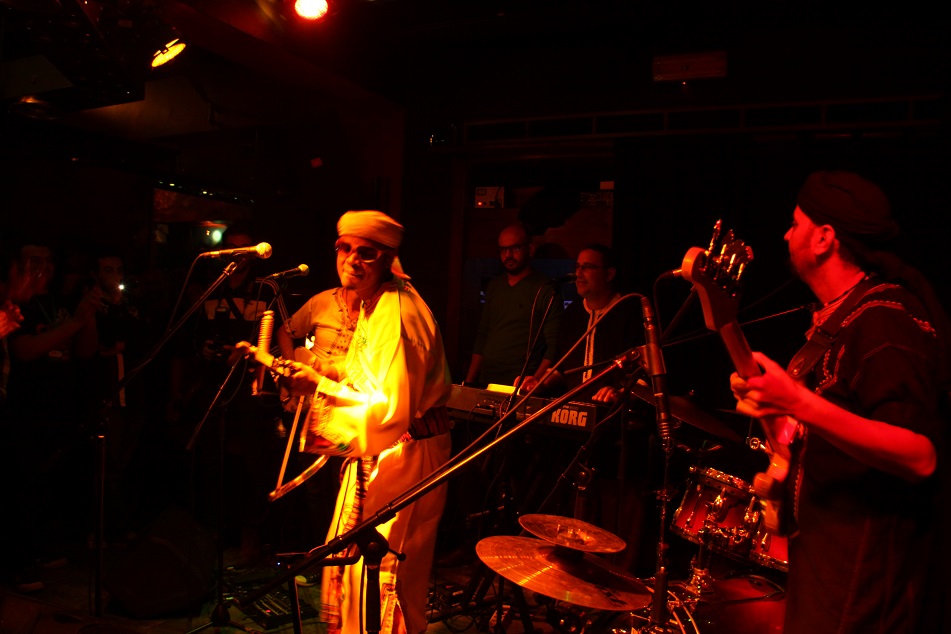
Thoraia Abou Bakr
As part of the Cairo Jazz Festival, Cairo Jazz Club selected a few performances to take place in the club. CJC Marketing Executive, Nariman El Bakry said: “The Cairo Jazz Festival is an annual event that takes place in different locations all over Cairo.
Cairo Jazz Club seeks to promote and nourish the independent music scene as well as shed light on the ever growing, yet underappreciated jazz culture and disperse it throughout Egypt. The Cairo Jazz Festival provides an excellent opportunity for that growth on an international level as it hosts jazz musicians from various countries from all over the world.”
El Bakry explained the concept of Beyond Stage: “To show support for jazz culture, we host ‘Beyond Stage’ performances at Cairo Jazz Club during the Cairo Jazz Festival. Each year we choose different musicians from the festival to introduce more variety. This year we had musicians from Austria, Morocco, Egypt and the US.”
We saw Ribab Fusion Band perform at CJC on Saturday 23 March. “This innovative band from Morocco aims to revive authentic Amazigh music by adding a modern touch and this creates a melodious cross cultural experience,” El Bakry said.
Moroccan Amazigh is a form of traditional music played by Morocco’s Berber population. ‘Amazigh’ might mean “free people” or could be the Greek or Roman name for some Berber tribes. Usually the melody is played on traditional musical instruments such as the ribab, which is a string instrument that boasts three strings and resembles the banjo and the Egyptian rababa. According to the Ribab Fusion Facebook page, the instrument belongs to “the legendary land of Souss”.
The Ribab Fusion Band was formed in 2008 in Agadir. Ribab Fusion’s goal is to shed light on the Ribab as a traditional Moroccan musical instrument and to restore its importance in the musical scene. The main vocalist, Bouhssine Foulane, also played the ribab. He was joined by Ahmed Ouarsass on guitar, Maris Redouane on keyboard, Jamal Boumadkar on bass guitar and Youness Tiftal on percussions.
Their music depended on strong, modern beats, accompanied by Berber singing, which the group dubs as Amazigh Grunge. The music was uplifting and the melodies invited the attendees to dance, but the lyrics of the songs were hard to understand. After a while, all the songs meshed together due to the similarities of the beats and it was hard to distinguish between one and the next one. The sound of the ribab along with the drums formed a sweet tune, but the variety of the music seemed a bit limited.




